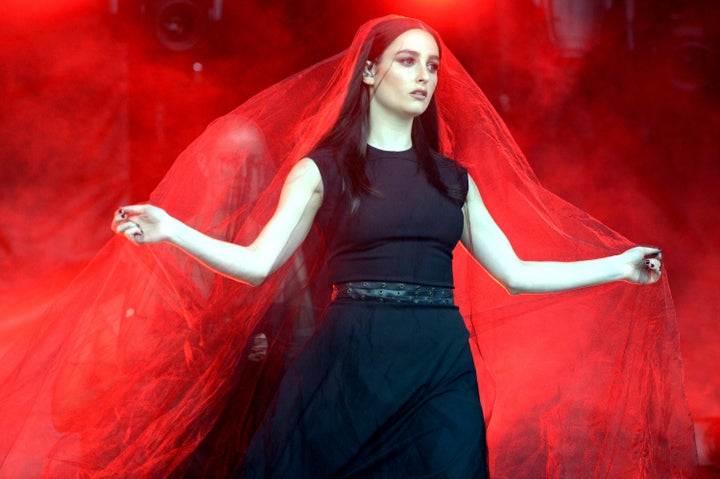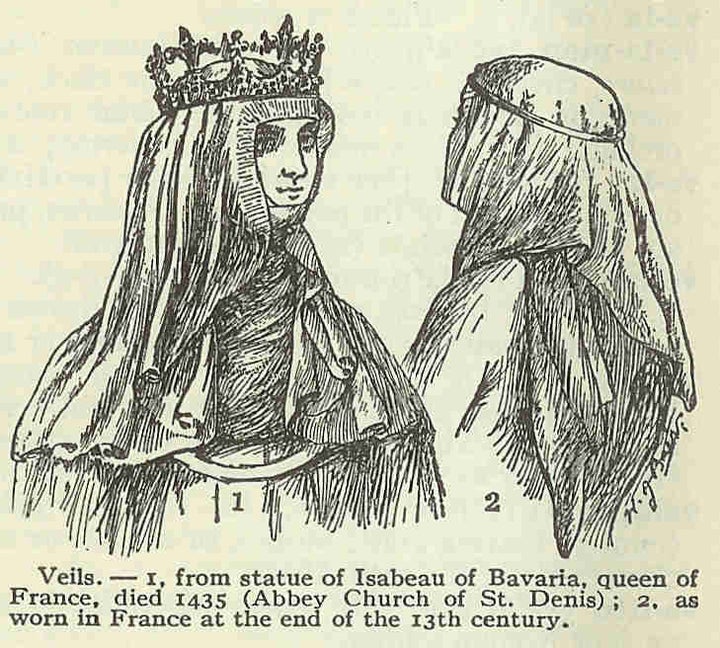During a performance at Glastonbury Festival last year, dream pop singer Natasha Khan, better known as Bat for Lashes, emerged onstage wearing a white, floor-length wedding gown and a veil to match. Her movements appeared muffled, ritualistic, almost ghostlike, as if she was Miss Havisham singing karaoke to a packed house. “But what does it mean?” Khan sang. “The bad things that I’ve seen.” Slowly and purposefully she pulled the veil back from her face. The crowd cheered at the great reveal.
In his essay “Ways of Seeing,” art critic John Berger argues that “men act and women appear,” that being seen is a fundamental and perpetual element of the feminine experience. “Men look at women. Women watch themselves being looked at,” he wrote.
There are many ways to disrupt this stereotypical relationship between the man who watches and the woman who’s watched, and one time-tested method is donning a veil, a cascading mask that separates the wearer from the world. Veils hold centuries of symbolic references in their folds, stemming from a variety of cultures and religions. In the past couple of years, they’ve made a peculiar resurgence on the pop culture scene, as female musicians in pop, R&B and hip-hop have cloaked their faces in dripping fabric, both in videos and on stage. Musicians like Bat for Lashes, Banks, Princess Nokia, Beyonce and SZA have each resuscitated and warped the garment’s storied associations with femininity, the sacred and the profane.


